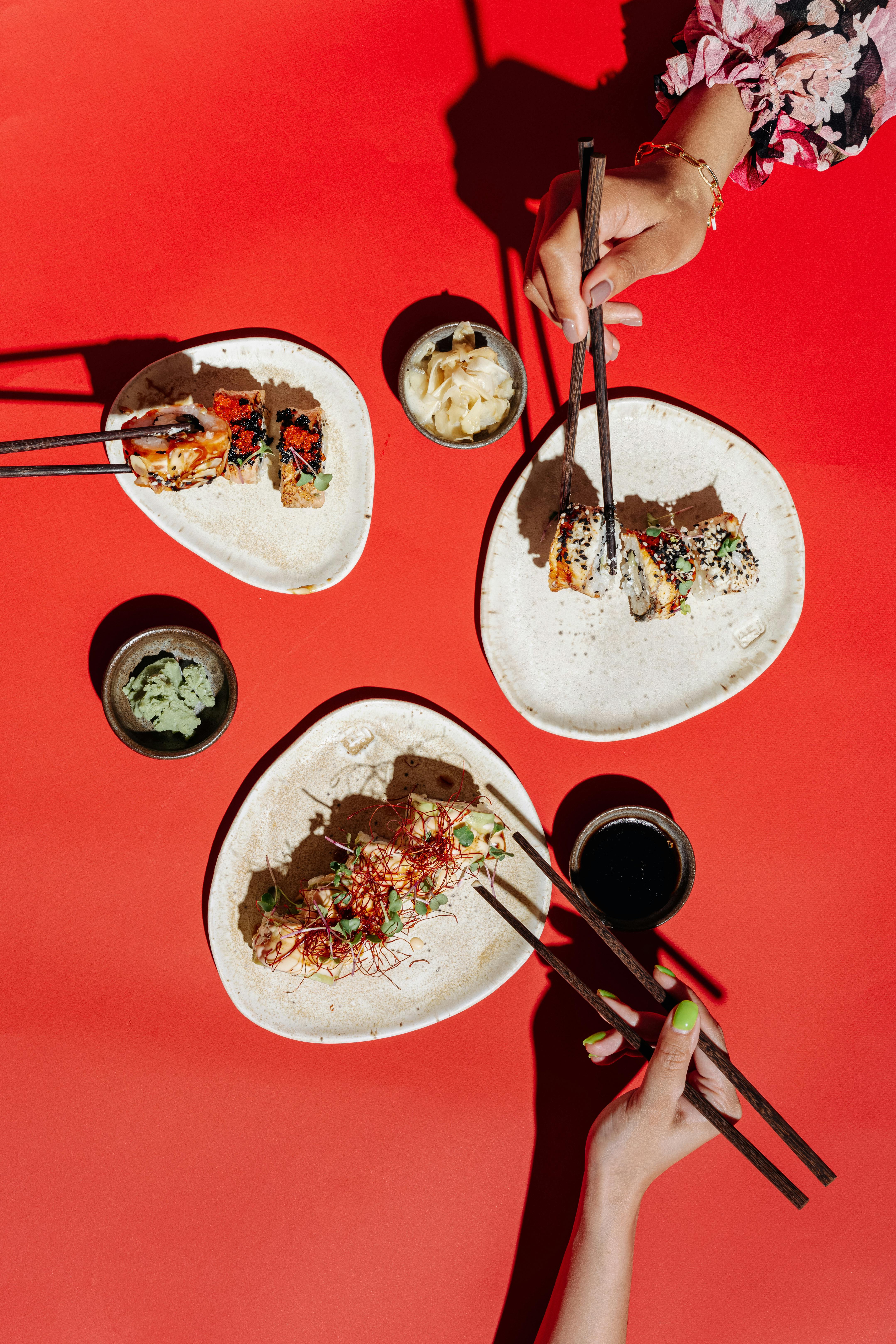
Effective Ways to Optimize Your Clean Keto Diet in 2025
The clean keto diet has rapidly gained popularity among health-conscious individuals seeking to boost their weight loss endeavors while enjoying delicious meals. By focusing on wholesome, unprocessed foods rich in healthy fats, this approach offers a sustainable path to achieving weight management goals. In this article, we will explore essential strategies to optimize your clean keto diet in 2025, from crafting the perfect ketogenic meal plan to discovering keto-friendly snacks that delight your taste buds. Embracing flexibility, such as carb cycling, along with mindful eating practices can enhance your overall well-being.
As we dive into the benefits of the clean keto lifestyle, we’ll also look at meal prep strategies that make following the ketogenic diet easier than ever before. Furthermore, tips on portion control and managing cravings will empower you on your weight loss journey, ensuring your path to health is enjoyable and effective. Let’s embark on this deliciously satisfying ride toward a healthier you.
Key takeaways include optimizing your macro intake, discovering low-carb recipes, and understanding the importance of maintaining electrolyte balance while on a high-fat diet. Let's get started!
Crafting Your Ketogenic Meal Plan for Success
Building a solid ketogenic meal plan is crucial for anyone looking to reap the maximum benefits from their clean keto diet. Prioritizing healthy fats, clean protein, and low-carb vegetables can help you achieve effective fat burning while keeping your energy levels stable throughout the day. Exploring the right balance of these elements in your meals lays the foundation for an effective ketogenic lifestyle.
When creating your meal plan, consider utilizing a combination of nutrient-dense foods that align with clean eating principles. Incorporate a variety of protein sources, such as grass-fed meats, wild-caught seafood, and plant-based options like hemp seeds or tofu. This will not only provide your body with sufficient protein to support muscle growth but will also keep you satiated and help in managing cravings.
For healthy fats, olive oil, avocado oil, and nuts should be your go-to options. These fats not only taste great but also provide the essential fatty acids your body needs for energy and overall health. When it comes to low-carb vegetables, options like leafy greens, bell peppers, and zucchini are fantastic choices due to their low net carb counts while being packed with vitamins and minerals.
Maximizing your meal prep is essential. Prepping meals in advance allows you to save time and ensures you have keto-friendly options readily available during a busy week. Consider making a grocery list for keto, focusing on fresh produce, proteins, and healthy fats to streamline your shopping process further.
In addition, pay attention to meal timing and portion sizes. Understanding your body’s hunger signals can guide you in fueling your body effectively while managing your caloric intake. By adopting these practices, you're more likely to stick with your clean keto meal plan and embrace a healthier lifestyle.
Discovering Delicious Low-Carb Recipes
Exploring low-carb recipes tailored to your dietary preferences can transform your clean keto diet from mundane to exciting. The culinary landscape of the ketogenic diet is vast, offering numerous tasty dishes that satisfy cravings without derailing your goals. Experimenting with clean keto recipes opens a world of flavor and creativity.
Start by delving into simple keto meals that can be whipped up in no time. Recipes such as cauliflower rice stir-fry or zucchini noodles with pesto not only present a delicious way to consume your meals but are incredibly effortless to make. Incorporate high-fat ingredients to amplify flavors, like adding avocado or nuts to salads, or using coconut milk in your dishes for a creamy texture.
For those with a sweet tooth, there are numerous keto-friendly desserts that use sugar-free alternatives, making it easy to enjoy treats without feeling guilty. Consider whipping up a batch of almond flour brownies or a rich chocolate avocado mousse that satisfies your dessert cravings while keeping your carb intake in check.
Moreover, utilizing healthy oils in your cooking can elevate the flavors of your low-carb meals while providing the necessary dietary fat. For instance, cooking with ghee or avocado oil not only enhances taste but also contributes beneficial nutrients to your meal. If you want more inspiration, consider browsing keto cookbooks or following keto influencers who regularly share innovative meal ideas and cooking tips.
Incorporating meal delivery services that focus on healthy meal plans can save you time while providing you with delectable options. This not only streamlines your cooking process but allows you to explore new flavors without added hassle.
Harnessing the Power of Healthy Fats and Proteins
Healthy fats and proteins are at the core of any clean keto diet, as they play a vital role in maintaining ketosis and enhancing overall health. Understanding how to properly integrate these macronutrients into your meals can make a significant difference in your effectiveness on the ketogenic journey.
To effectively utilize dietary fat, focus on incorporating sources rich in omega-3 fatty acids, such as fatty fish, walnuts, and flaxseeds. These fats support heart health and provide anti-inflammatory benefits, which are exceptionally important as you transition into a high-fat diet.
Proteins should not be overlooked; they are essential for repairing tissues and keeping you satiated. Opt for clean protein sources, including organic chicken, grass-fed beef, and eggs from pasture-raised hens. A balanced intake of macronutrients through protein-rich foods not only fuels your physical activities but also aids in fat adaptation, which is crucial on your ketogenic weight loss journey.
Additionally, consider incorporating snacks designed with healthy fats in mind. Keto-friendly snacks, such as cheese slices, nut butter on celery, or homemade fat bombs, can curb your hunger and keep you on track without consuming excess carbs.
When following a ketogenic diet, portion control remains essential. Maintaining the right amount of protein and fat can significantly affect your progress, so be mindful of your servings. Consider utilizing measuring tools during your initial transition phase to better understand the macro composition of your meals.
Ultimately, embracing a dietary approach that emphasizes quality fats and proteins can lead to improved health outcomes, including better blood sugar control and enhanced fat burning, thus reinforcing the benefits of your clean keto diet.
Implementing Carb Cycling for Enhanced Results
Carb cycling is a technique that can supercharge your clean keto diet, especially for those looking to optimize their weight loss results. This method involves alternating between high-carb and low-carb days, allowing your body to experience the benefits of both low-carb and semi-carb intake.
On days when you consume higher net carbs, focus on timing your intake around workouts. Consuming carbohydrates before and after exercise can enhance performance and recovery, ensuring you maintain your energy levels without inhibiting your fat-burning efforts. Good sources of carbs on these days may include low-carb fruits, sweet potatoes, or quinoa—this promotes energy without significantly impacting ketosis.
On lower-carb days, prioritize high-fat and moderate protein intake to allow your body to maintain its momentum towards fat burning. Ensuring your meals remain satisfying during these days can be accomplished by consuming healthy oils, nuts, and avocados that will help keep you satiated.
This approach can also assist in managing cravings by providing you with opportunities to satisfy carb-specific cravings without straying from your dietary goals. Understanding your individual body composition and response to various carb levels may help you customize an effective carb cycling plan that supports your unique ketogenic journey.
Overall, implementing a carb cycling strategy can enhance your flexibility while following a high-fat diet and could lead to improved results, making your clean keto diet much more sustainable in the long run.
Managing Cravings and Ensuring Long-Term Success
Cravings are a common challenge faced when initiating a clean keto diet, but effective management techniques can help you navigate this hurdle smoothly. Strategies such as mindful eating, keeping your meals exciting, and incorporating electrolyte balance can assist in maintaining your commitment to a ketogenic lifestyle.
Mindful eating emphasizes focus on the eating experience, allowing you to enjoy your meals fully. When you take the time to appreciate your flavors and textures, you'll find it easier to make conscious food choices that align with your health goals. Also, incorporating dietary fiber through low-carb vegetables can support satiety, making it easier to steer clear of unnecessary snacking.
Experimenting with various clean keto recipes can keep things fresh and enjoyable. Trying new ingredients and flavors will add excitement to your meals, reducing the desire to stray towards less healthy options. Healthy meal plans packed with variety can minimize temptations and maintain motivation in your weight loss journey.
Focusing on electrolyte balance is essential, especially when beginning a high-fat diet. Sodium, potassium, and magnesium are critical in managing energy levels and minimizing potential keto flu symptoms. Staying hydrated and incorporating electrolyte-rich foods can effectively prevent disruptions during your transition.
Lastly, fostering community support can play a pivotal role in long-term success. Engaging with the keto community for encouragement, sharing experiences, and learning from others can motivate you to stick to your clean eating principles. Connecting with others who are passionate about the ketogenic diet can provide valuable insights and help you navigate challenges together.
Q&A Section
Q1: What does a clean keto diet consist of?
A clean keto diet focuses on whole, unprocessed foods that are low in carbs and high in healthy fats. Foods such as meats, fish, low-carb vegetables, nuts, seeds, and healthy oils are staples.
Q2: How can I maintain my electrolytes while on a keto diet?
Ensuring your electrolytes remain balanced is vital on keto. Incorporate electrolyte-rich foods like leafy greens, avocados, and nuts, and consider supplementing with a electrolyte balance solution if necessary.
Q3: What are some quick meal prep tips for a keto diet?
Prepare meals in bulk and store them in individual portions for easy access throughout the week. Utilizing slow cookers or sheet pans can also simplify the cooking process while providing tasty options.
Q4: Are there keto-friendly options for desserts?
Yes! There are plenty of keto-friendly desserts such as sugar-free cheesecake, almond flour cookies, and chocolate avocado mousse that satisfy your sweet cravings without the carbs.
Q5: How do I get started with carb cycling on keto?
Begin by determining your high-carb and low-carb days, focusing primarily on nutrient-dense, low-glycemic index carbohydrates on high-carb days. Monitor your energy levels and adjust as needed for optimal performance.

